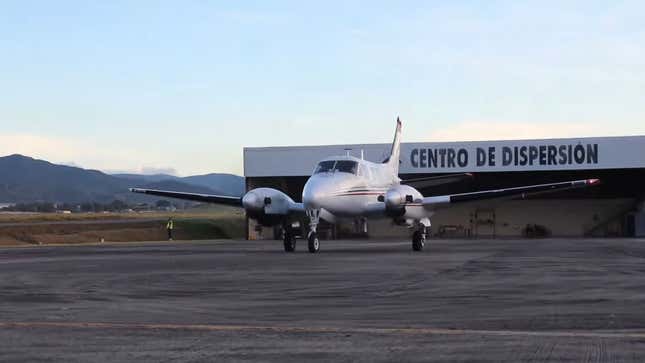
There is a decades-old international operation to eradicate the New World Screwworm from existence, and you’ve probably never heard about it. The dreaded NWS is a fly larva that burrows into its host, tearing flesh as it goes, often killing the animal en route to pupation. The USDA began efforts to remove the NWS from America and end the millions of livestock deaths it caused in the process. The project began in 1957, and largely succeeded in pushing them out of the U.S. within a handful of years. That effort then expanded southward to Mexico, and by the early 2000s, reached Panama. Damned worms.
It would be nearly impossible to get rid of the worms with pesticides and toxins without destroying ecosystems, so the U.S. embarked on a journey to breed as many NWS larvae as it could. By making millions of these flies in a controlled environment every week, the government agency known as COPEG (Comisión Panamá – Estados Unidos para la Erradicación y Prevención del Gusano Barrenador del Ganado) can introduce sterile mates for the screwworm, disrupting their biological cycle, without harmful ecological destruction.
That’s right. A cooperative government entity has a facility down in Panama where it grows around 20 million screw worms per week, and hits them with radiation at just the right moment to make them sterile, before boxing them up, tossing them on an airplane, and airdropping them all over the Panamanian isthmus. It sounds like a crackpot plan, but it actually works. This agency’s efforts have saved millions of warm-blooded animals (including humans) from painful infestation and death. Hell yeah, worm science!
American farmers owe a huge debt of gratitude to USDA entomologist Edward F. Knipling’s genius worm wall, and they don’t even know it.







